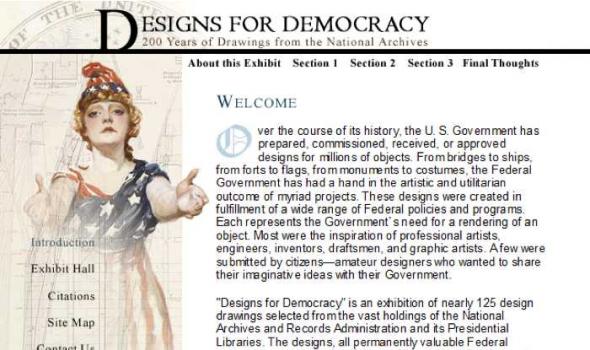Category: Image, Engineering
Results
A digital collection comprised of historical photograhs and documents pertaining to the history of the Dworshak Dam, selected primarily from the collection of A. B. Curtis, former mayor of Orofino, Idaho. The images and documents span the years 1952 to 1972, documenting both the legislative history that led to the dam's construction and the construction itself. To explore the collection by date or location, or to find out more about the collection, use the tabs above. Questions? questions? Contact Devin: dbecker@uidaho.edu (208) 885-7040 The Dworshak Dam Collection is a collection that is still under development.
The Columbia River Basin Project Begun with the construction of the Grand Coulee Dam in 1933, the Columbia River Basin Project is one of the largest, and most contentious, engineering projects ever completed in the American West. Franklin Roosevelt originally authorized the construction of the dam with the intention of diverting huge portions of the Columbia River to the fertile, though arid, Washington State Interior.??With the outbreak of World War II, however, irrigation initiatives were put on hold, and hydroelectric power became the dam's primary function. This change in use proved important historically.
DIGITAL COLLECTIONS Biography Orlando Metcalfe Poe was born on the family farm in Navarre, Ohio on March 7, 1832. He attended several public schools and two years in Canton Academy in Canton, Ohio before ultimately attaining his dream – attending the United States Military Academy in West Point, New York. Poe excelled particularly in mathematics and graduated sixth in his class of 1856. After graduation, Poe sought to put his engineering skills to work for the military. He moved to Detroit to join the Topographical Engineers. Wartime duties for topographical engineers included surveying positions of the army and its enemy, sketching routes of the enemy and preparing maps of battlefields. In peacetime, they surveyed and charted the nation’s rivers and lakes.
Federal Designs: Symbolism Symbols are an important part of America`s design heritage. They establish and reinforce the national identity and patriotism. In some cases, American symbols are based on recognized associations. The ideals of Greek democracy, the power of Imperial Rome, or the refinements of European fashion frequently are reflected in Federal designs. At other times and for other purposes, designers created icons using images unique to this new country, to this new form of government, and to America`s aspirations to world power.
THE idea of writing this Treatise suggested itself to me a considerable time since, from knowing the repeated inquiries that had been made for such a book; and after perusing, I believe, every work that has been published on the subject, I was fully convinced of the necessity of such a work, adapted to the present improved practice. Of the works on Surveying, I may say, they are all elementary, and of ante-date, no treatise, that I am aware of, having been published since the fine mathematical instruments at present in use have been considered a necessary adjunct to the successful prosecution of land surveying. Of the treatises published on levelling, there is only one of recent date, by Mr.
The Theater that was Rome About From the sixteenth through the eighteenth centuries, when the books, maps and single sheet prints that appear on this web site were made, Rome presented itself as a theater of the most advanced engineering feats of the period, as well as of the technological skills to execute and record the decorative programs that went with them. Maps of the city in its new guise as the powerful center of Christendom also documented the growth of curiosity about its antique history and pagan past, displaying all the forms of cartographic knowledge available throughout the period.
- Auto Club Collection Description The Automobile Club of Southern California Digital Archive provides documentation on the region's transportation history, expecially Los Angeles from 1892 to 1963, from the Auto Club's Corporate Archives. The Digital Archive includes: a selection of 98 historic strip maps, illustrating the development of major Southern California routes; 498 photographs from the general photograph collection, depicting buildings, businesses, streets, and points of interest; and 650 photographs from engineering notebooks along with searchable transcriptions of the engineers' notes documenting the conditions of streets, highways, bridges, railroads, etc.



























